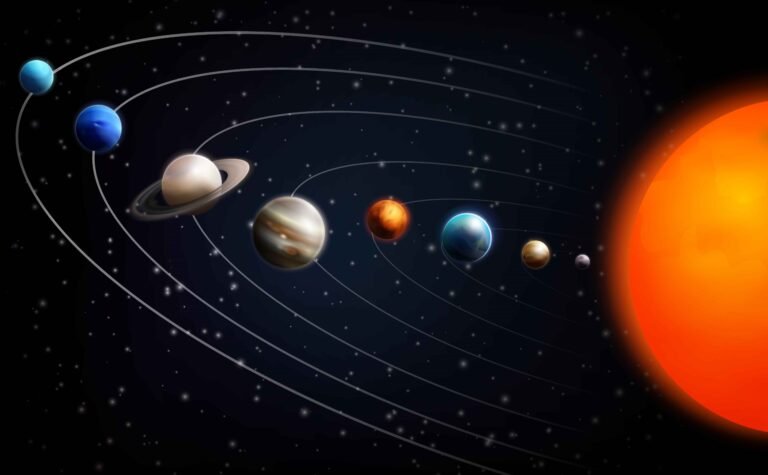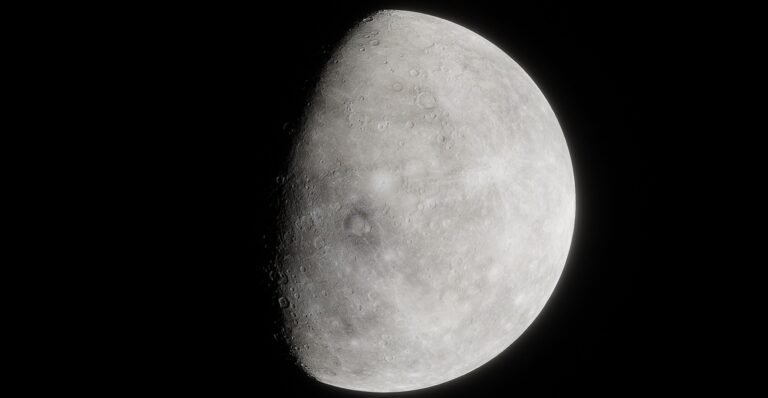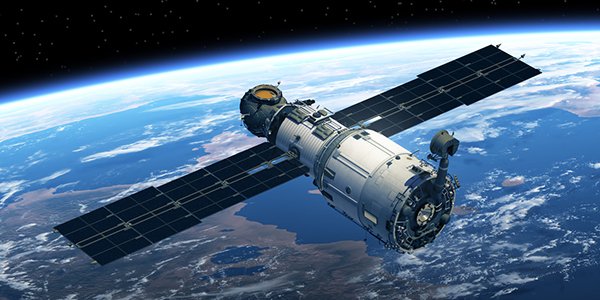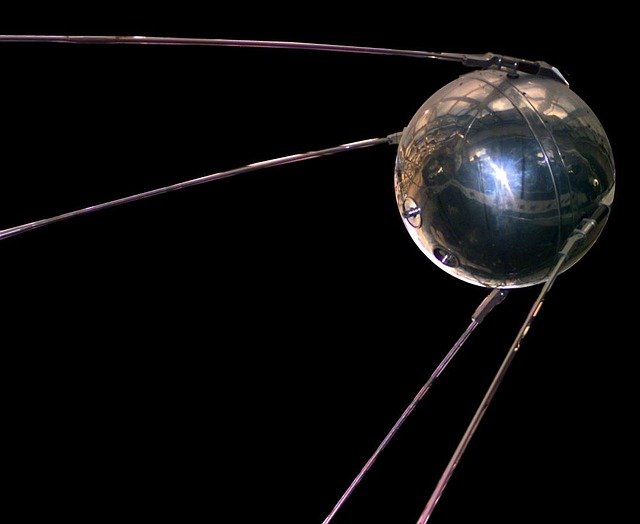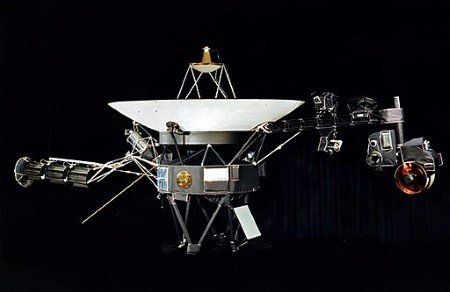Recent Posts
FAQ: frequently asked question
Some arising Questions
Does life exist outside of the solar system?
Observations from the ground and space have confirmed thousands of planets beyond our solar system, and our galaxy likely holds trillions. However, so far, we have no evidence of life beyond Earth. Scientists continue to search for signs of extraterrestrial life using telescopes and advanced instruments, hoping to make groundbreaking discoveries in the near future
How do stars and planets form and evolve?
Stars form from cold interstellar molecular clouds. As they collapse into protostars under the force of gravity, the remaining matter forms a spinning disk. Eventually, the star stops accreting matter, leaving the disk in orbit around it. The leftover gas and dust inside that protoplanetary disk become the ingredients for planet formation
What do black holes look like?
Black holes themselves are invisible, emitting virtually no light. However, the material falling into a black hole glows brightly due to its high speeds, allowing us to detect it. The first-ever image of a black hole, captured by the Event Horizon Telescope, shows a dark circle silhouetted by an orbiting disk of hot, glowing matter
What is the purpose of astronexaspace?
Astronexaspace is a blog website where space related information is shared. I hope you guys like to explore them and will enjoy. CHEERS!




